Eating Well, Aging Well: The Role of Protein in Senior Nutrition
The Importance of Protein for Seniors
As we age, maintaining optimal health becomes increasingly important, and one key component of a healthy diet that often takes center stage is protein. For seniors, in particular, ensuring an adequate intake of protein is essential for maintaining muscle mass, supporting overall health, and promoting independence and vitality.
Protein serves as the building block for muscles, bones, and other tissues in the body, playing a crucial role in repairing and maintaining these vital structures. As we age, the body's ability to build and retain muscle mass naturally declines, a process known as sarcopenia.
Sarcopenia is a condition characterized by the gradual loss of muscle mass, strength, and function that occurs as a natural part of the aging process. The term "sarcopenia" is derived from the Greek words "sarx," meaning flesh, and "penia," meaning loss. While some degree of muscle loss is expected with aging, sarcopenia refers to a significant decline that can impact overall health and functional abilities.
As we age, several factors contribute to the development of sarcopenia. One of the primary reasons is a decrease in physical activity levels, which leads to muscle disuse and atrophy over time. Additionally, hormonal changes, such as a decline in testosterone and growth hormone levels, can contribute to muscle loss. Poor nutrition, chronic inflammation, and certain medical conditions, such as diabetes and chronic kidney disease, can also accelerate muscle wasting.
The consequences of sarcopenia extend beyond mere muscle weakness. Individuals with sarcopenia are at increased risk of falls, fractures, and mobility limitations, which can significantly impact their independence and quality of life. Sarcopenia is also associated with other adverse health outcomes, including insulin resistance, metabolic syndrome, and an increased risk of mortality.
Recognizing the signs of sarcopenia early is crucial for implementing preventive measures and interventions to slow its progression. Regular exercise, particularly resistance training, is essential for preserving muscle mass and strength. Adequate protein intake, along with other essential nutrients, supports muscle repair and growth. Lifestyle modifications, such as maintaining a healthy weight and managing chronic conditions, can also help mitigate the effects of sarcopenia.
Moreover, protein is not only important for physical health but also for overall well-being. Adequate protein intake is linked to better immune function, improved wound healing, and enhanced cognitive function, all of which are essential for seniors to maintain their quality of life and independence.
In this blog post, we'll explore the significance of protein for seniors and provide practical advice on how to ensure an adequate intake. From understanding protein needs to identifying sources of protein-rich foods and incorporating them into delicious and nutritious recipes, we'll cover everything seniors need to know to support their health and vitality through proper nutrition.
Protein Needs for Seniors: Maintaining Muscle Mass and Function
Protein is an essential nutrient for people of all ages, but its importance becomes even more pronounced as we age, particularly for preserving muscle mass and function. Adequate protein intake is crucial for seniors to support muscle repair, maintenance, and growth, especially in the face possible sarcopenia.Research studies have highlighted the significance of protein in promoting muscle health among older adults. According to a study published in the American Journal of Clinical Nutrition, higher protein intake is associated with greater muscle mass and strength in older individuals. The researchers found that seniors who consumed more protein had better muscle health markers, such as higher muscle mass and improved physical performance.
The Recommended Dietary Allowance (RDA) for protein varies depending on factors such as age, sex, and activity level. For seniors, the RDA for protein is generally higher than that for younger adults to offset muscle loss and maintain optimal health. The Institute of Medicine recommends a protein intake of 0.8 grams per kilogram of body weight per day for adults, but some experts suggest that seniors may benefit from higher protein intake, ranging from 1.0 to 1.2 grams per kilogram of body weight per day.
To meet their protein needs, seniors should focus on consuming a variety of high-quality protein sources, including lean meats, poultry, fish, eggs, dairy products, legumes, nuts, and seeds. These foods provide essential amino acids, the building blocks of protein, which are necessary for muscle repair and synthesis.
In addition to quantity, the timing and distribution of protein intake throughout the day are important for optimizing muscle protein synthesis in seniors. Studies have shown that spreading protein intake evenly across meals, rather than consuming large amounts of protein in a single meal, may be more effective in supporting muscle health.
Sources of Protein
Protein is essential for maintaining muscle mass and overall health, especially for seniors. Including a variety of protein sources in your diet ensures that you get all the necessary amino acids your body needs. Here are some excellent sources of protein for seniors:Lean Meats: Lean cuts of poultry such as chicken and turkey, as well as lean cuts of beef, pork, and lamb, are rich sources of high-quality protein. Opt for skinless poultry and trim visible fat to reduce saturated fat intake.
Fish and Seafood: Fatty fish like salmon, mackerel, sardines, and trout are not only rich in protein but also provide omega-3 fatty acids, which are beneficial for heart health. Other seafood options such as shrimp, crab, and shellfish also offer protein.
Eggs: Eggs are a versatile and affordable source of protein. Both the egg white and yolk contain protein, but the egg white is particularly rich in this nutrient and low in calories. Consider including eggs in your diet in various forms, such as boiled, scrambled, or in omelets.
Dairy Products: Dairy products like milk, yogurt, and cheese are excellent sources of protein and also provide essential nutrients like calcium and vitamin D. Opt for low-fat or fat-free varieties to limit saturated fat intake.
Legumes: Beans, lentils, chickpeas, and peas are plant-based sources of protein that are also rich in fiber, vitamins, and minerals. They are versatile ingredients that can be added to soups, salads, stews, and side dishes.
Nuts and Seeds: Almonds, peanuts, walnuts, cashews, and seeds like chia seeds, flaxseeds, and pumpkin seeds are nutritious sources of protein, healthy fats, and fiber. Enjoy them as snacks or add them to yogurt, salads, or oatmeal for an extra protein boost.
Tofu and Tempeh: These plant-based protein sources are made from soybeans and are popular in vegetarian and vegan diets. Tofu and tempeh can be used as meat substitutes in various dishes and provide a significant amount of protein per serving.
Quinoa: Quinoa is a gluten-free whole grain that is also a complete protein, meaning it contains all nine essential amino acids. It's an excellent alternative to rice or pasta and can be used in salads, stir-fries, or as a side dish.
Greek Yogurt: Greek yogurt is strained to remove excess whey, resulting in a thicker consistency and higher protein content compared to regular yogurt. It's a delicious and creamy option that can be enjoyed on its own or used as a base for smoothies, dips, and dressings.
Protein Supplements: In some cases, seniors may find it challenging to meet their protein needs through diet alone. Protein supplements such as protein powders or shakes can be convenient options to increase protein intake, especially for those with appetite or chewing difficulties.
Incorporating a variety of these protein sources into your meals and snacks can help seniors maintain muscle mass, strength, and overall health as they age.
1. Grilled Chicken Salad
Protein-Rich Recipes for Seniors
1. Grilled Chicken Salad
Ingredients:
2 boneless, skinless chicken breasts
Mixed salad greens (such as spinach, arugula, and lettuce)
Cherry tomatoes, halved
Cucumber, sliced
Red onion, thinly sliced
Olive oil
Balsamic vinegar
Salt and pepper to taste
Instructions:
- Preheat grill or grill pan over medium-high heat.
- Season chicken breasts with salt, pepper, and a drizzle of olive oil.
- Grill chicken for 6-8 minutes per side, or until cooked through and no longer pink in the center. Let rest for a few minutes before slicing.
- In a large bowl, toss together mixed salad greens, cherry tomatoes, cucumber, and red onion.
- Drizzle salad with olive oil and balsamic vinegar, and season with salt and pepper to taste.
- Top salad with sliced grilled chicken and serve immediately.
2. Salmon with Roasted Vegetables
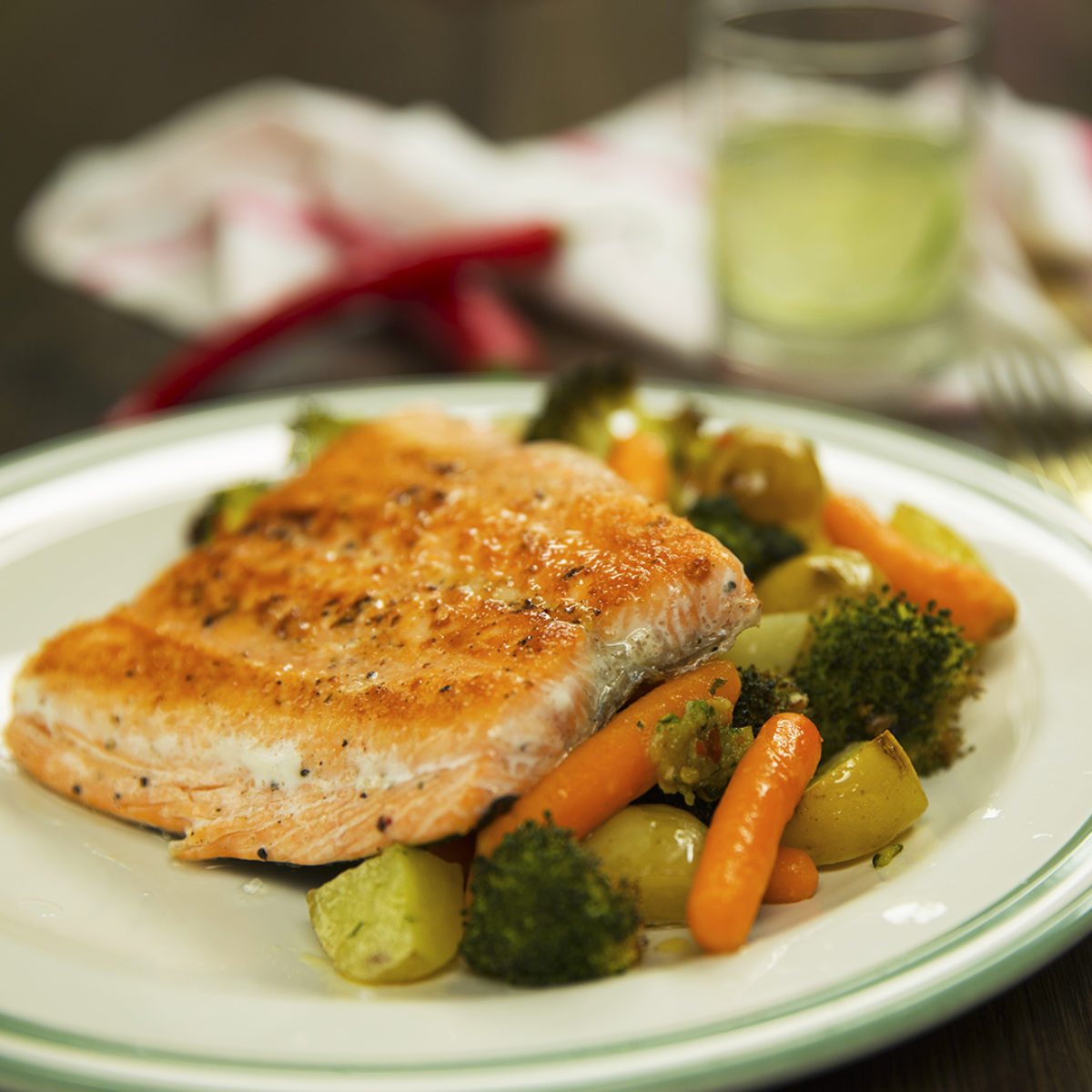
Ingredients:
2 salmon fillets
1 tablespoon olive oil
1 teaspoon dried dill
1 teaspoon garlic powder
Salt and pepper to taste
Assorted vegetables (such as bell peppers, zucchini, and carrots), chopped
Cooking spray
Instructions:
- Preheat oven to 400°F (200°C). Line a baking sheet with parchment paper and lightly coat with cooking spray.
- Place salmon fillets on the prepared baking sheet. Drizzle with olive oil and sprinkle with dried dill, garlic powder, salt, and pepper.
- Arrange chopped vegetables around the salmon on the baking sheet. Drizzle with olive oil and season with salt and pepper.
- Roast in the preheated oven for 15-20 minutes, or until salmon is cooked through and vegetables are tender.
- Serve salmon and roasted vegetables hot, garnished with fresh herbs if desired.
3. Greek Yogurt Parfait
Ingredients:
1 cup Greek yogurt
1/2 cup mixed berries (such as strawberries, blueberries, and raspberries)
1/4 cup granola
Honey (optional)
Chopped nuts (such as almonds or walnuts) for garnish
Instructions:
4. Lentil Soup
1 cup Greek yogurt
1/2 cup mixed berries (such as strawberries, blueberries, and raspberries)
1/4 cup granola
Honey (optional)
Chopped nuts (such as almonds or walnuts) for garnish
Instructions:
- In a serving glass or bowl, layer Greek yogurt, mixed berries, and granola.
- Drizzle with honey if desired.
- Repeat layers until ingredients are used up, finishing with a sprinkle of chopped nuts on top.
- Serve immediately as a nutritious and satisfying breakfast or snack.
4. Lentil Soup
Ingredients:
1 cup dried lentils, rinsed and drained
1 onion, chopped
2 carrots, diced
2 celery stalks, diced
2 cloves garlic, minced
4 cups low-sodium vegetable or chicken broth
1 bay leaf
1 teaspoon dried thyme
Salt and pepper to taste
Fresh parsley for garnish
Instructions:
These protein-rich recipes are not only delicious but also provide essential nutrients to support muscle health and overall well-being in seniors.
1 cup dried lentils, rinsed and drained
1 onion, chopped
2 carrots, diced
2 celery stalks, diced
2 cloves garlic, minced
4 cups low-sodium vegetable or chicken broth
1 bay leaf
1 teaspoon dried thyme
Salt and pepper to taste
Fresh parsley for garnish
Instructions:
- In a large pot, heat olive oil over medium heat. Add chopped onion, carrots, celery, and garlic, and sauté until vegetables are softened, about 5 minutes.
- Add dried lentils, broth, bay leaf, dried thyme, salt, and pepper to the pot. Bring to a boil, then reduce heat to low and simmer, covered, for 20-25 minutes or until lentils are tender.
- Remove bay leaf from the soup and discard. Use an immersion blender to partially blend the soup until desired consistency is reached, leaving some lentils whole for texture.
- Taste and adjust seasoning as needed. Serve hot, garnished with fresh parsley.
These protein-rich recipes are not only delicious but also provide essential nutrients to support muscle health and overall well-being in seniors.
Conclusion
Incorporating protein-rich foods into your diet is crucial for maintaining muscle mass and overall health, especially as we age. Seniors should aim to include a variety of protein sources in their meals, such as lean meats, fish, poultry, dairy products, legumes, and nuts. By prioritizing protein intake and enjoying nutritious meals like grilled chicken salad, salmon with roasted vegetables, Greek yogurt parfait, and lentil soup, seniors can support their muscle strength, energy levels, and overall well-being.
Remember to consult with a healthcare professional or registered dietitian before making significant changes to your diet, especially if you have any existing health conditions or dietary restrictions.
Remember to consult with a healthcare professional or registered dietitian before making significant changes to your diet, especially if you have any existing health conditions or dietary restrictions.
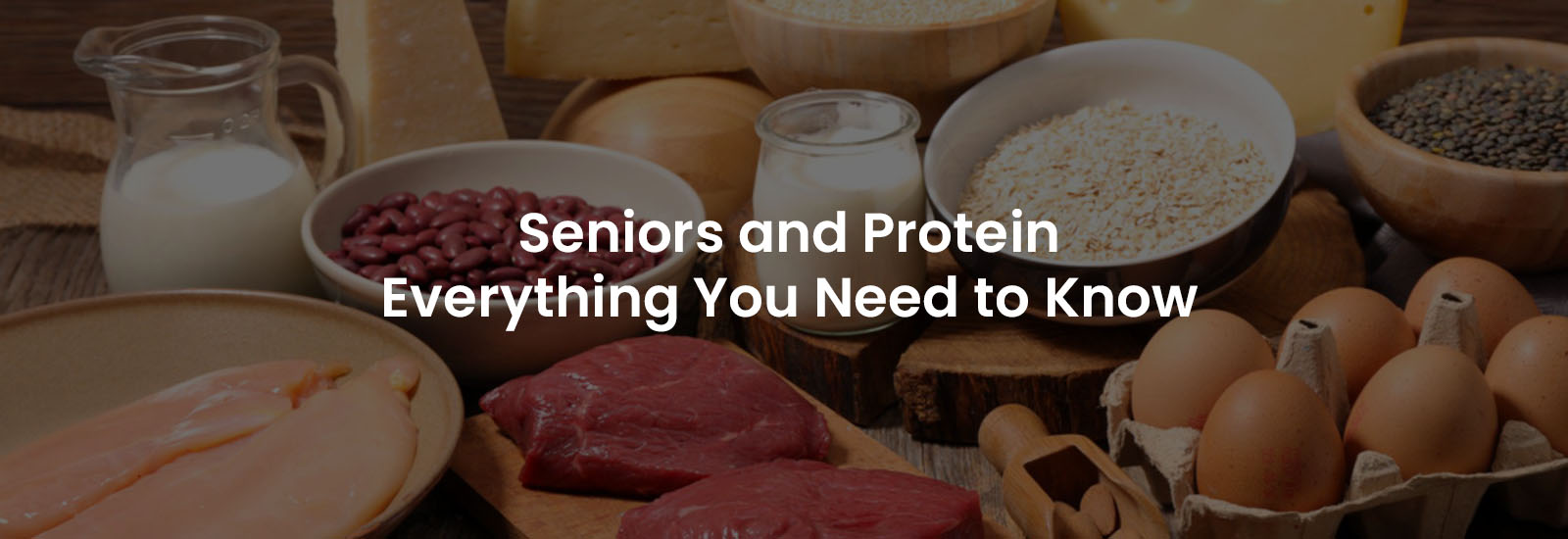

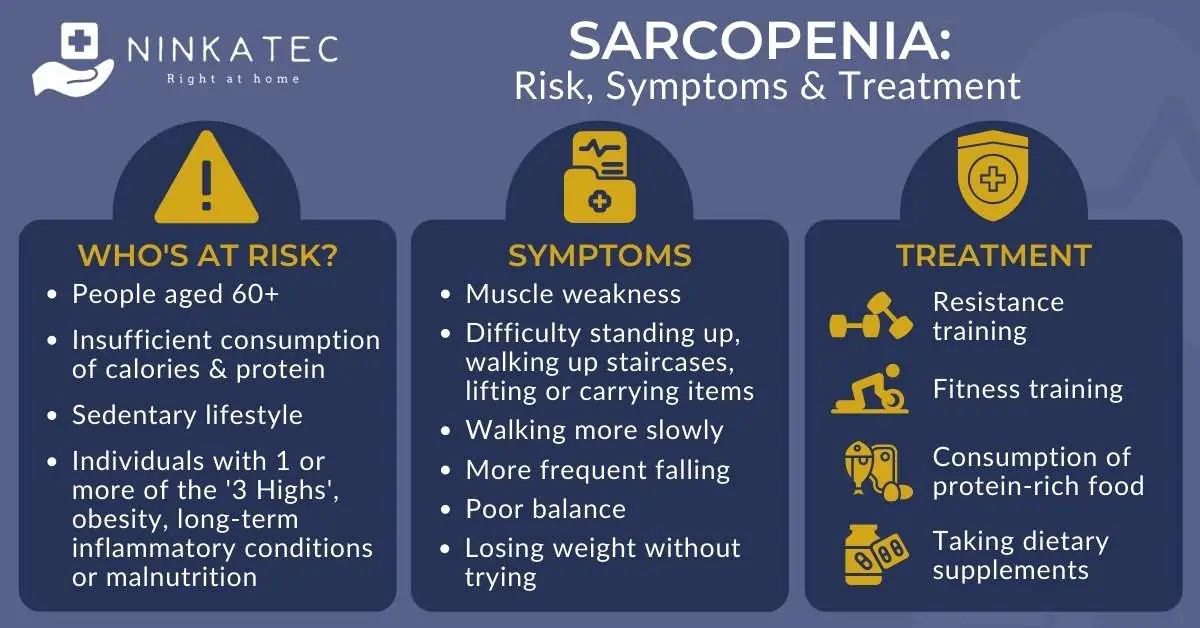


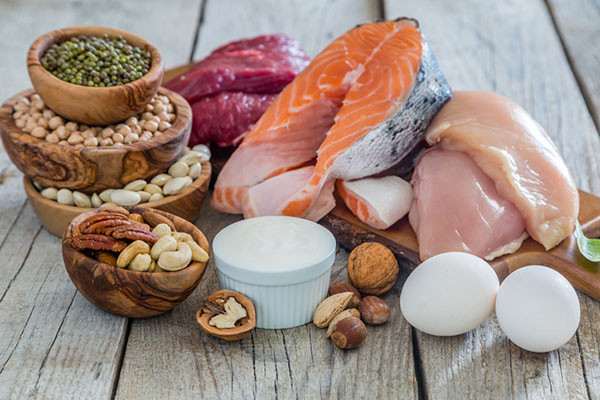
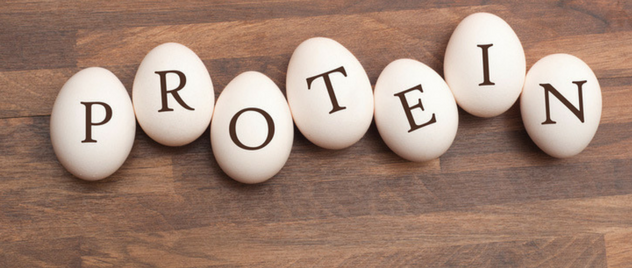
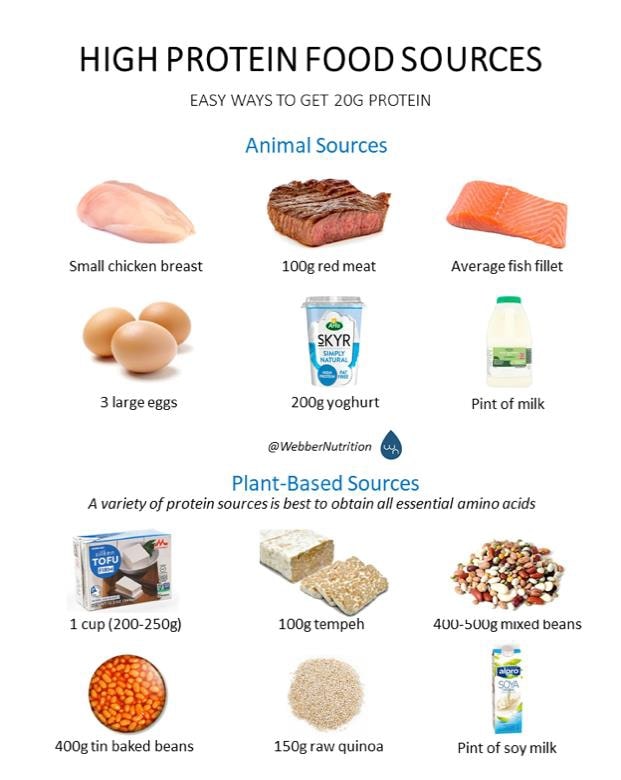

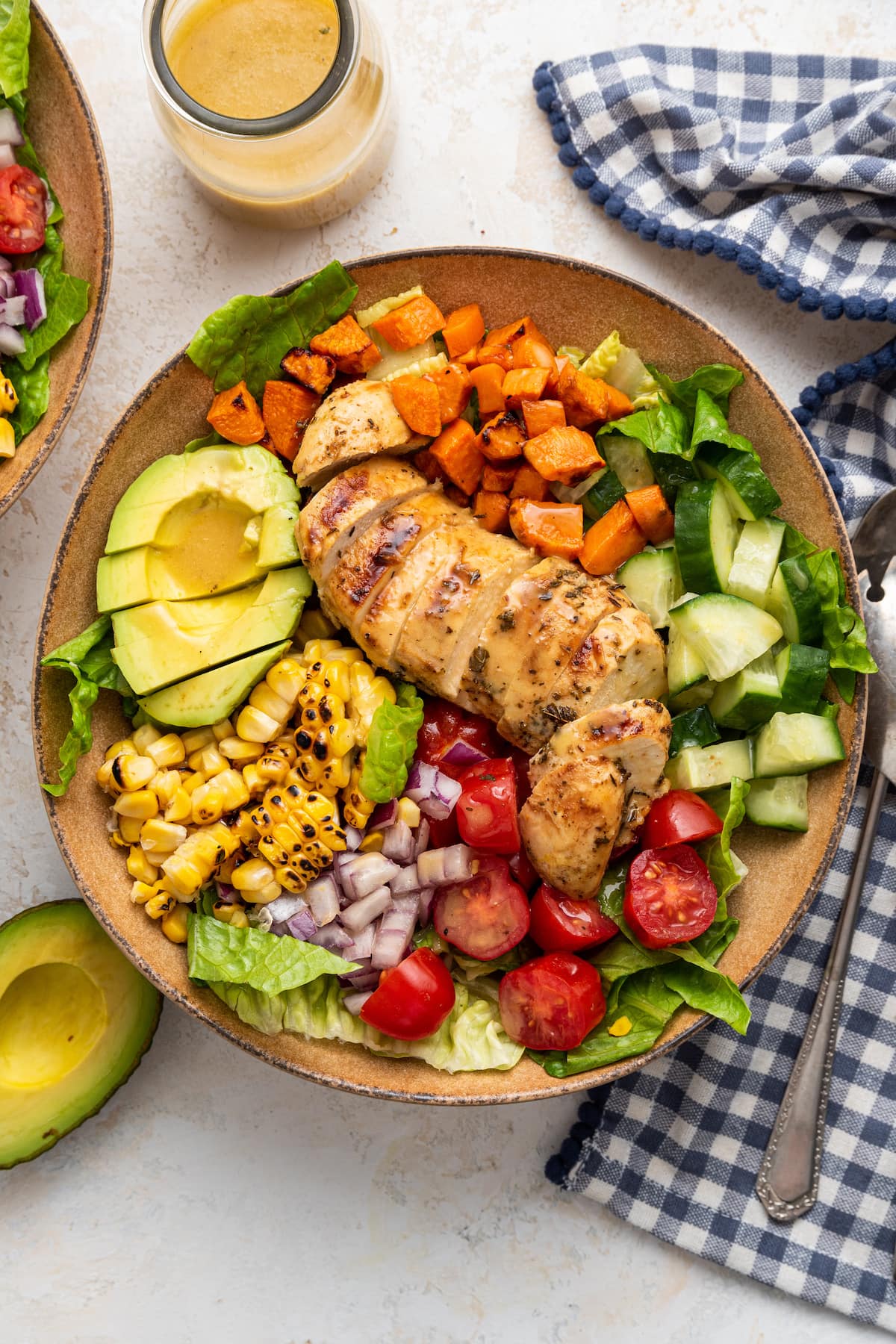

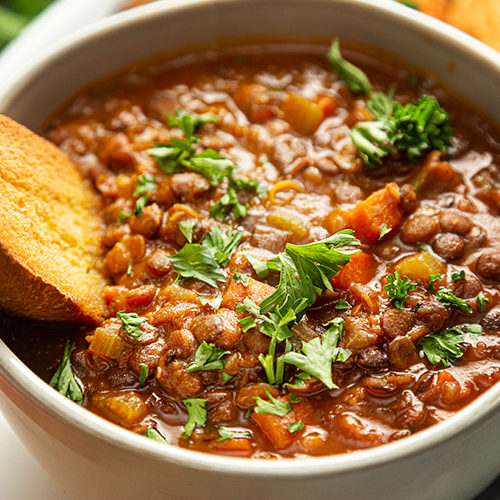
Comments
Post a Comment